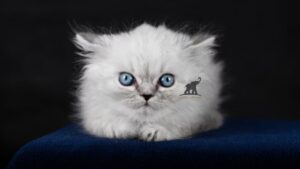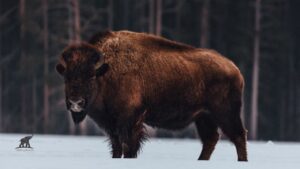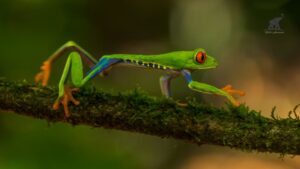Have you ever seen a lizard that looks like it was painted by a master artist? That’s the magic of the colored leopard gecko. These small, captivating reptiles have exploded in popularity, not just for their gentle nature but for their absolutely stunning variety of colors and patterns. They are a living canvas, displaying everything from bright sunshine yellows to deep, velvety blacks.
Exploring the world of the colored leopard gecko is an incredible journey. Each one is unique, a testament to decades of selective breeding that has resulted in a breathtaking spectrum of appearances. Whether you’re a seasoned reptile keeper or just starting, the charm of a colorful leopard gecko is truly hard to resist.
Leopard Gecko Quick Facts
| Feature | Details |
| Scientific Name | Eublepharis macularius |
| Lifespan | 15-20 years in captivity |
| Size | 7 to 9 inches long |
| Diet | Insectivore (crickets, mealworms, dubia roaches) |
| Temperament | Docile, curious, and generally easy to handle |
| Common Colors | Yellow, orange, black, white, brown |
| Activity | Crepuscular (active at dawn and dusk) |
What Are Colored Leopard Geckos?
At their core, a colored leopard gecko is the same species as the standard, wild-type leopard gecko native to the deserts of Asia. What makes them so special is their appearance. Through selective breeding, enthusiasts have isolated and enhanced specific genetic traits, leading to an incredible array of what we call “morphs.”
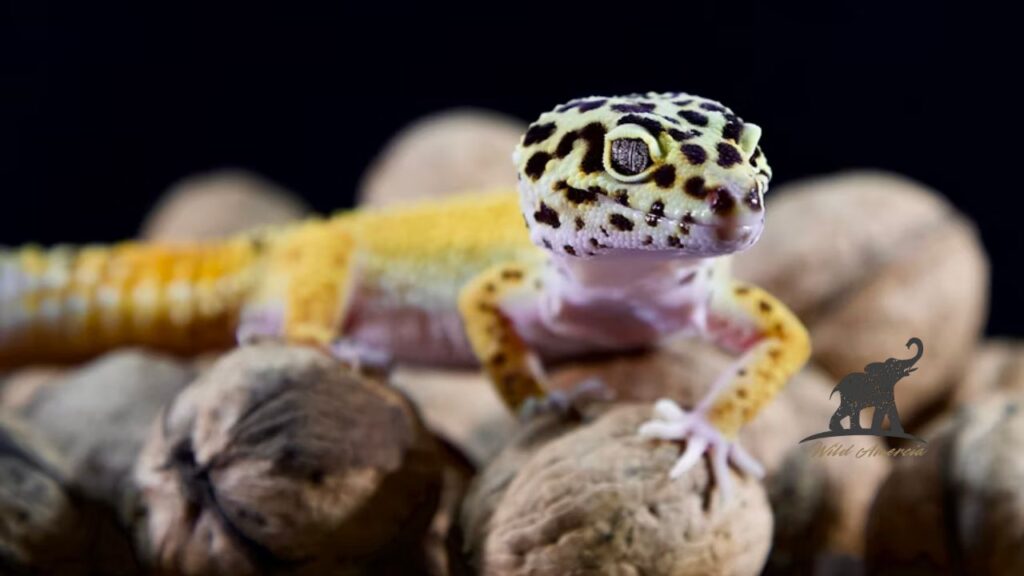
A morph is simply a specific combination of color, pattern, and sometimes even eye color or size that differs from the wild-type gecko. Wild leopard geckos are typically a sandy yellow with black spots, perfect camouflage for their natural habitat. A colored leopard gecko can be something far more dramatic.
These geckos are more than just pretty faces; their docile temperament makes them one of the best pet lizards for beginners. Unlike many other reptiles, they have movable eyelids, which gives them an expressive look that many owners find endearing. This combination of beauty and personality makes every colored leopard gecko a truly special pet.
A Rainbow of Reptiles: Common and Rare Morphs
The diversity in leopard gecko colors is truly astounding. Breeders have developed hundreds of unique morphs, each with its own distinct look. Some are common and affordable, while others are incredibly rare and sought after.
Common Leopard Gecko Colors and Morphs
These are the morphs you are most likely to encounter and are a fantastic starting point for any new owner.
- Normal/Wild-Type: The classic look. They have a yellow base with black spots scattered across their body.
- High Yellow: A very popular colored leopard gecko morph. They are similar to Normals but have a more vibrant yellow base and fewer spots. A high color leopard gecko is simply a joy to see.
- Tangerine: These geckos exhibit brilliant shades of orange. The intensity can range from a pale citrus to a fiery, deep orange. They are one of the most popular different colored leopard geckos.
- Albino: Albino leopard geckos lack black pigment. They come in three main strains (Tremper, Bell, Rainwater) and typically have a yellow, orange, or pinkish body with light-colored, often red, eyes.
Rare Leopard Gecko Colors
For the dedicated collector, rare leopard gecko colors represent the pinnacle of breeding. These morphs can be expensive and harder to find.
- Black Night: This is a hyper-melanistic morph, meaning it has an excess of dark pigment. A true Black Night is almost entirely black, a stark contrast to the typical leopard gecko color. A dark colored leopard gecko like this is a showstopper.
- Enigma: Known for their unique, often speckled or splotchy patterns, Enigmas have a mysterious beauty. They can come in a wide range of colors, but their pattern is what sets them apart.
- Total Eclipse: This is a combination morph (Super Snow + Eclipse). They are solid black with solid black eyes, making for a truly striking animal. You won’t find a more unique colored leopard gecko.
The variety of leopard gecko color morphs is part of what makes the hobby so exciting. The possibilities seem endless, with new combinations appearing all the time.
Do Leopard Geckos Change Color?
One of the most frequently asked questions is, “Do leopard geckos change color?” The answer is a fascinating yes, but not in the way a chameleon does. A leopard gecko color change is influenced by several factors, and understanding them can help you better care for your pet.
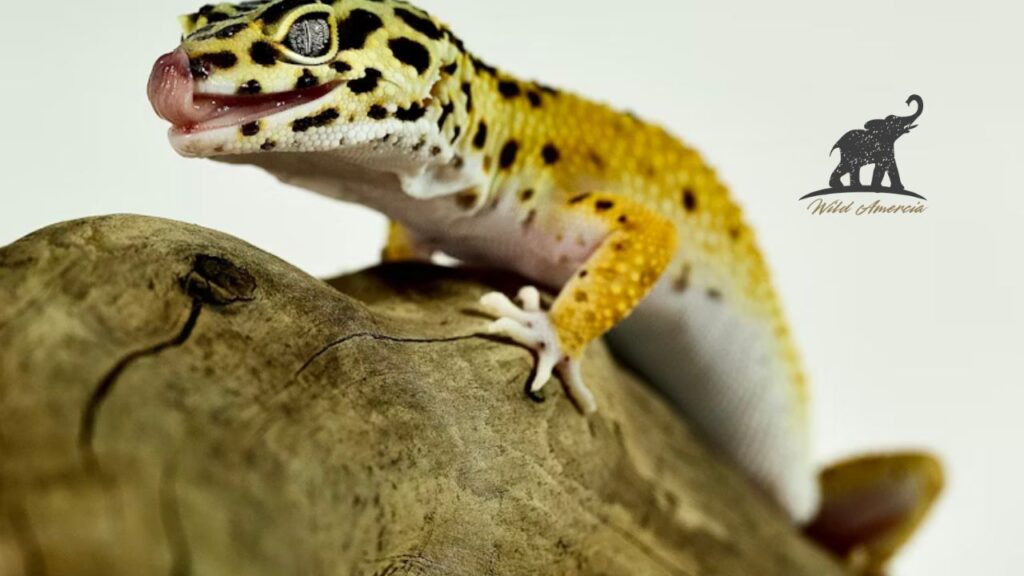
Why Your Leopard Gecko Changes Color
There are a few key reasons you might notice a shift in your gecko’s appearance.
- Age: This is the most significant factor. Do leopard geckos change color as they get older? Absolutely. Baby leopard geckos are often born with a banded pattern, which breaks up into the characteristic spots as they mature. Their colors can also intensify or fade with age. A baby leopard gecko color change is a normal part of their development.
- Shedding: When a leopard gecko losing color is noticed, it’s often a sign that it’s about to shed. Their skin will turn pale, dull, and almost translucent. After shedding, their new skin is remarkably vibrant and fresh. This process answers the question, “Why is my leopard gecko losing its color?”
- Temperature: Leopard geckos can appear darker in cooler temperatures and lighter in warmer ones. This is a subtle way their body helps with thermoregulation. A leopard gecko changing colors based on temperature is a natural response.
- Mood and Health: Stress or illness can cause a gecko’s colors to appear dull. A happy, healthy colored leopard gecko will typically display its brightest and most vibrant hues. If your gecko’s color seems permanently faded, it might be a good idea to consult a vet.
So, while can leopard geckos change colors is a yes, it’s a gradual or situational process. The incredible world of leopard gecko color variations is primarily set by their genetics.
Caring for Your Colorful Leopard Gecko
Providing the right care is essential to keeping your colored leopard gecko healthy and its colors bright. Fortunately, their needs are relatively straightforward.
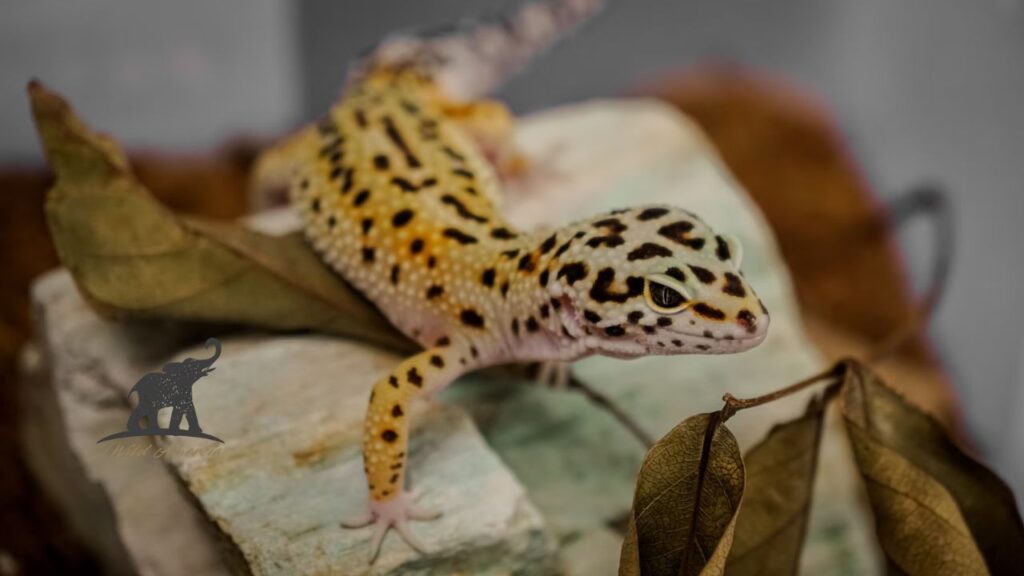
Habitat Setup
- Enclosure: A 20-gallon long tank is a great size for a single adult. Ensure it has a secure lid, as they can be surprisingly good climbers.
- Substrate: Avoid loose substrates like sand, which can cause impaction if ingested. Paper towels, slate tile, or reptile carpet are much safer options. Using colored sand for leopard geckos is not recommended.
- Hides: Provide at least three hides: one on the warm side, one on the cool side, and a humid hide (filled with moist sphagnum moss or coco fiber) to aid in shedding.
- Heating: You need to create a temperature gradient. The warm side should be around 88-92°F, and the cool side should be in the mid-70s. An under-tank heating mat controlled by a thermostat is the best way to achieve this.
Diet and Nutrition
A healthy diet is crucial for a vibrant colored leopard gecko.
- Insects: They are insectivores. Crickets, dubia roaches, and mealworms are excellent staples.
- Gut-Loading: The nutritional value of the insects is key. Feed the insects a nutritious diet (gut-load) for 24 hours before offering them to your gecko.
- Supplementation: Dust the insects with a calcium with D3 supplement at most feedings and a multivitamin supplement once a week. This prevents metabolic bone disease and keeps your gecko strong.
Owner Experiences: What People Say
When you look at reviews from owners, the sentiment is overwhelmingly positive. Many describe their colored leopard gecko as the “perfect pet.”
One owner from a reptile forum shared, “My Tangerine Tornado, Sunny, is the highlight of my day. His orange is so intense, it’s like looking at a sunset. He’s so calm and curious, and it’s been amazing to watch his spots develop as he’s grown.”
Another keeper mentioned, “I was worried about my gecko, Luna, when her colors started to fade. I posted online, and everyone told me she was just about to shed. Sure enough, a day later, she had this beautiful new skin and looked brighter than ever! It was a huge relief.”
These anecdotes show the deep connection owners feel with their pets and highlight the community’s willingness to help with questions like “why is my leopard gecko losing color.” The beauty of a colored leopard gecko is only matched by its wonderful personality.
The Science of Sight: Can Leopard Geckos See Color?
It’s natural to wonder, “What colors can leopard geckos see?” While we can’t ask them directly, scientific studies on their retinal cells provide some clues. Leopard geckos have two types of cone cells, which are responsible for color vision.
This suggests they are dichromatic, meaning they can distinguish between some colors. It’s believed they see primarily in shades of green and blue, and are likely red-color blind. So, while we appreciate their full rainbow of colors, their perception of the world is a bit different. So, can leopard geckos see color? Yes, but in a more limited spectrum than humans. This makes the question “what is a leopard geckos favorite color” impossible to answer, as their experience of color is not like ours.
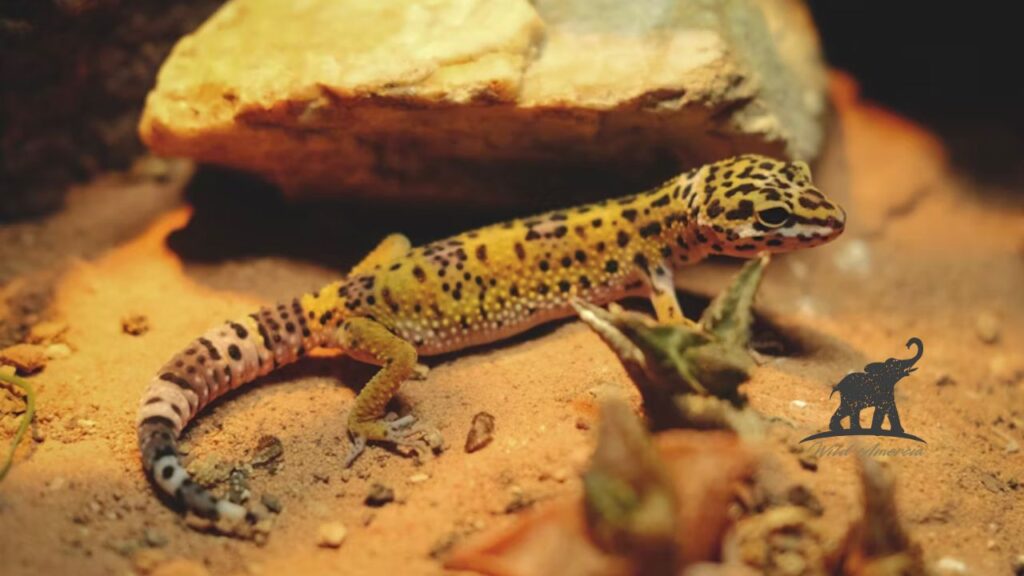
The amazing diversity of all leopard gecko colors has been driven by human appreciation, not the geckos’ own visual preferences. From a light colored leopard gecko to a dark one, each colored leopard gecko is a masterpiece of genetics.
Frequently Asked Questions (FAQs)
Q: Do leopard geckos change colors as they get older?
A: Yes, this is one of the most common ways a leopard gecko changing color occurs. Babies often hatch with a banded pattern that morphs into spots as they mature into a fully colored leopard gecko. Their colors can also become more intense or subtle with age.
Q: What colors can leopard geckos see?
A: Research suggests that leopard geckos have dichromatic vision. This means they can likely see shades of green and blue but are probably unable to distinguish red. So, while they can see some color, their world is less vibrant than ours.
Q: Why is my leopard gecko’s color fading?
A: The most common reason for a leopard gecko color fading is an impending shed. Their skin will look dull and pale right before they shed it off. Other reasons could include stress, incorrect temperatures, or illness. If the dullness persists after a shed, it’s best to evaluate their environment and health.
Q: Are colorful leopard geckos more difficult to care for?
A: No, a colored leopard gecko has the same care requirements as a normal or wild-type leopard gecko. Their beautiful appearance is due to genetics and doesn’t change their fundamental needs for proper housing, heating, and diet.
Q: What are some rare leopard gecko colors?
A: Some of the rarest leopard gecko colors and morphs include the solid Black Night, unique patterns of the Enigma, and combination morphs like the Total Eclipse. These are often the result of complex genetic projects and are highly prized by collectors of the colored leopard gecko.
Admin Recommendation
Cottonmouth Snakes in North Carolina (NC): Key Facts
The Fascinating World of Arctic Fox Fur





